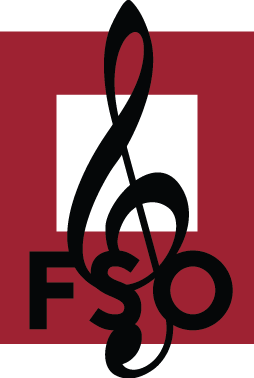
According to the American Music Therapy Association, founded in 1998, music therapy is “the clinical and evidence-based use of music interventions to accomplish individualized goals within a therapeutic relationship.” However, with the growing popularity of this form of therapy, it’s important to understand what music therapy is and is not with our easy FAQ:
Q: What does music therapy do?
A: Overall, music therapy is designed to promote wellness of the mind and body through stress management, pain alleviation, emotional expression, memory enhancement, communication, and physical rehabilitation.
Q: When did music therapy begin?
A: The idea of music as a healing tool has been found in writings of Aristotle and Plato, but the discipline became widespread after World War I and II. Community musicians went to veterans’ hospitals around the nation to play for those who suffered from physical and emotional war trauma.
Q: Where is music therapy used?
A: According to the AMTA, music therapy is utilized in psychiatric hospitals, rehabilitative facilities, hospitals, outpatient clinics, day care treatment centers, community mental health centers, drug and alcohol programs, senior centers, nursing homes, hospice programs, correctional facilities, halfway houses, schools, and private practices.
Q: Who helps with music therapy?
A: A credentialed professional helps with music therapy. They must have a bachelor’s degree or higher in music therapy from one of the AMTA’s 72 approved higher learning institutions, and 1,200 hours of clinical training. These professionals hold the MT-BC credential, which is issued through the Certification Board for Music Therapists.
Q: Where was the first school to offer a degree in music therapy?
A: Michigan State University was the first school to offer a degree in music therapy, beginning in 1944.
Q: Is there a difference between therapeutic music and music therapy?
A: Yes. Because music therapy is clinical, it involves educated professionals who are qualified to help those who need music to ease mental or physical pain and other clinical reasons. Therapeutic music is the use of music for entertainment that can ease mental or physical suffering.
Q: What are some examples of each?
A: Some examples of therapeutic music include a choir singing Christmas carols in a nursing home, a pianist playing in the lobby of a hospital, or a person with Alzheimer’s listening to an iPod full of his or her favorite songs. Some examples of music therapy include using music to lessen the effects of dementia, asthma, Parkinson’s disease, insomnia, autism, and physical damage. The most recently notable case of music therapy is with Arizona Congresswoman (D) Gabrielle Giffords’ rehabilitation after surviving a bullet wound to the brain in 2011.
Q: How do I find a music therapist near me?
A: You can search the AMTA’s online directory to find a music therapist in your area.
The AMTA’s mission is “to advance public awareness of the benefits of music therapy and increase access to quality music therapy services in a rapidly changing world.”
You can help the AMTA by donating to the cause online, or attending their conference, “Under the Canopy: The Music Therapy Profession,” from November 10-13, 2016 in Sandusky, Ohio.
